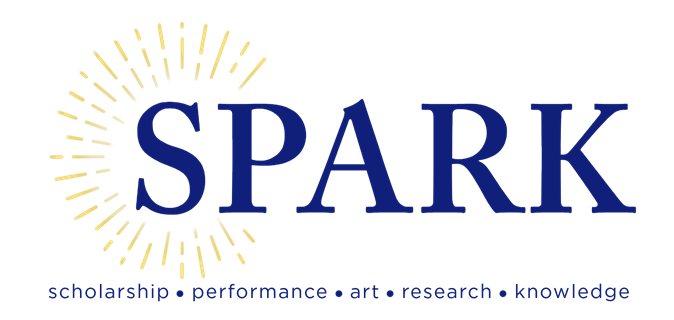
[Archive] Belmont University Research Symposium (BURS)
Publication Date
2023
College
Sciences and Mathematics, College of
Department
Psychological Science, Department of
BURS Faculty Advisor
Carole Scherling
Presentation Type
Oral Presentation
Abstract
Gendered language permeates sections of our lives in ways that we may not realize. Previous research indicates a relationship between biases and gendered language; however, it has primarily been conducted with children as the participants rather than adults (Seitz, et al., 2020). This study aimed to investigate this and identify the relationship between gendered language and implicit bias. Passages using gendered language can alter the listener's perspective in terms of the gender identification of an otherwise unlabeled protagonist. Therefore, to explore this phenomenon, participants of this study were given an androgynous story with masculine and feminine phrases. Then, a multiplication timesheet was distributed before the opportunity to recall as much of the story as they could. Afterward, they were asked true/false questions with gendered language as an observable measure of their recall. Following this, participants were directed to complete the Bem Sex-Role Inventory (BSRI) in order to define their own gender identification. Lastly, participants were asked to engage in an Implicit Association Test (IAT) to determine any unconscious biases that may have affected how they performed on the recall. There were significant results on a Chi-Sqaured test finding if there was a relationship between the BSRI and the free story recall (X2 (9, N = 37) = 42.919, p < 0.001). The second test was an independent samples t-test which tested the relationship of how the gender-career IAT affects the story bias of the participants which showed nonsignificance (t(29) = 0.594, p = 0.279).
Recommended Citation
Garcia, C. E., White, Z., Trainer, K., & Oliver, M. (2023). Gender Bias in Story Recounting. Belmont University Research Symposium (BURS). https://repository.belmont.edu/burs/308/


